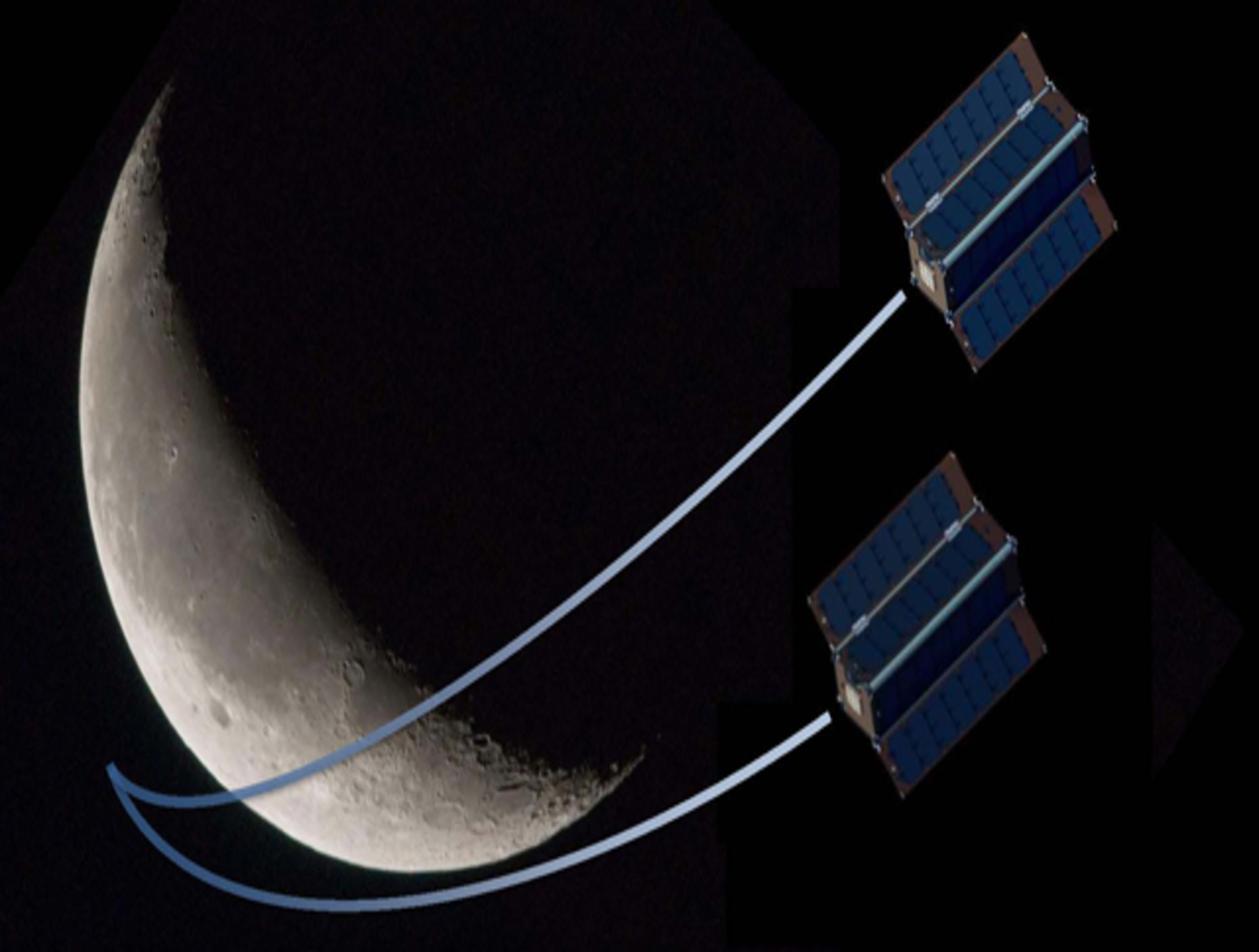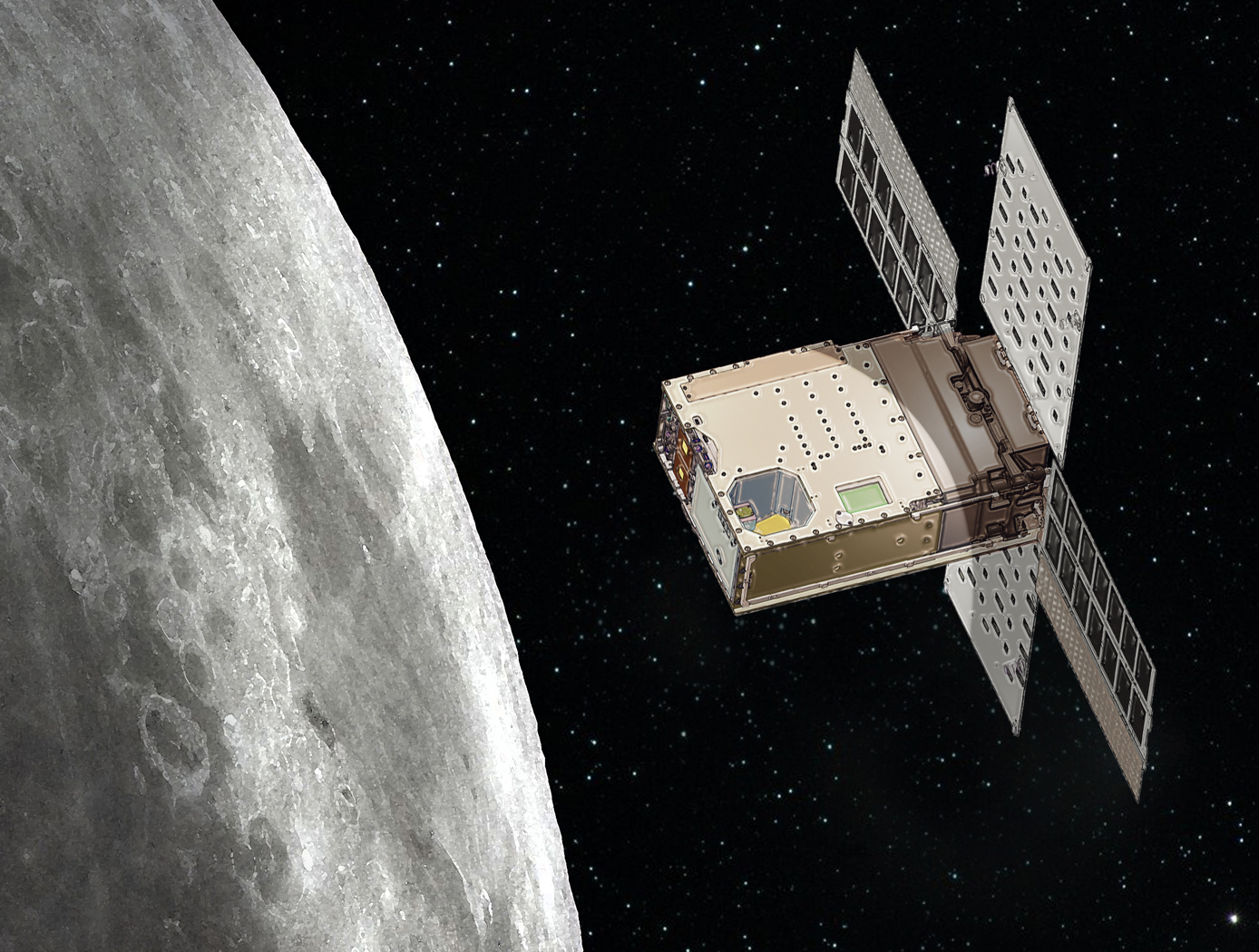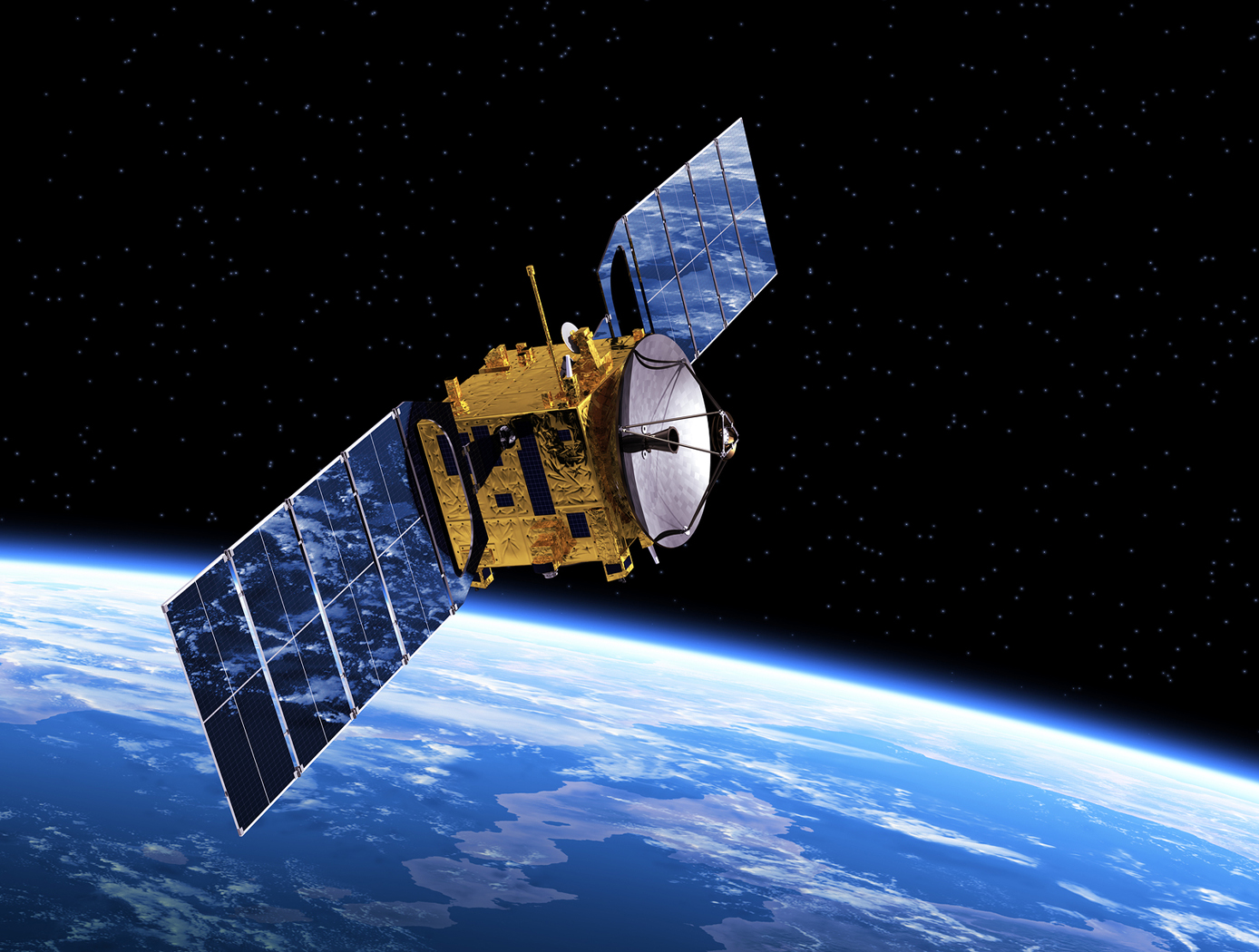Search
robotics automation and control

Gimbal for Steering Propelled CubeSats
The small thruster mount, roughly the size of a doughnut, controls the rotation and tilt of a directional system to a high degree of accuracy (0.02 degrees). NASA developed the rotary tilting gimbal (RTG) for thruster directional control of CubeSats. This RTG is designed to provide precision control in both the tilting and rotary degree of freedom by using accurate positioning, encoded piezoelectric motors, and a close tolerance machined structure. The RTG functions via rotary motion of the integrated assembly by a grounded piezoelectric support motor, and tilts via a rotary motor that rides on the primary structure. This alleviates the need for more traditional, directional control hardware, including magnetorquers and magnetometers. The subject technology has a resulting rotational degree of freedom of 360 degrees and a tilting degree of freedom of +/- 12 degrees. The rotary motor is connected to the tilt plate by a two-piece crank assembly. The gimbal weight, including the motors, is about 420 grams; without motors, it is about 100 grams. The operating temperature range is 0-50C. Sinusoidal testing was performed before and after the random vibration tests to determine if any structural changes occurred as a result of the tests. The gimbal met the qualification requirements and did not present any significant structural changes from flight-level testing.
mechanical and fluid systems

Miniature Separable Fill & Drain Valve
The Miniature Separable Fill & Drain Valve consists of two halves (ground and flight). The flight half is attached to the vehicle (i.e., CubeSat), and the ground half can be inserted into the vehicle in the same port as the flight half, connecting the two halves together. In normal state, the flight half seals the flow path. When the ground half is connected, the flow path is opened, allowing connected ground support equipment to supply fluid through the valve. The valve is manually operated.
There are redundant seals to eliminate leakage around the valve, including NASA's previously-patented Low-Cost, Long Lasting Valve Seal design (Patent No. 10,197,165; see MFS-TOPS-71 in the <i>Links</i> section of this flyer for more information) on the flight half. This eliminates the need for a swaged assembly process and the additional hardware and equipment that are typically required in conventional, elastomeric valve seat installations. The design also includes a cap for the flight half to ensure there is no leakage in flight configuration.
The Miniature Separable Fill & Drain Valve has been prototyped and provides valuable benefits for CubeSat applications. The valve could also have applications in the industrial processing industry where low flow devices are commonly used. The design is also scalable to larger applications where the removal of the actuation device would be desired.
communications

Fine-pointing Optical Communication System Using Laser Arrays
A new method is described for optical data transmissions from satellites using laser arrays for fine pointing of laser beams that use body pointing. It combines a small lens system and a VCSEL/Photodetector Array in a novel way to provide a fine pointing capability for laser beams that are pointed by body pointing of a CubeSat. As Fig. 1 shows, an incoming laser beam (green or blue, with rightward arrows), transmitted from a ground terminal, enters the lens system, which directs it to an element of the pixel array (gray rectangle). Each element, or pixel, consists of a VCSEL component/photodetector pair. The photodetector detects the incoming beam, and the VCSEL component returns a modulated beam to the lens system (green or blue, with leftward arrows), which sends it to the ground terminal. As the incoming beam changes direction, e.g., from the blue to the green incoming direction, this change is detected by the adjacent photodetector, and the laser paired with that photodetector is turned on to keep the outgoing laser beam on target. The laser beams overlap so that the returning beam continues to point at the ground terminal. The VCSEL component may consist of a single VCSEL or a cluster of VCSELs. Figure 2 shows the propagation of two overlapping laser beams. The system can very accurately point finely focused diffraction-limited laser beams. Also, simultaneous optical multiple access (OMA) is possible from different transceivers within the area covered by the laser array. For this electro-optical system, reaction times to pointing changes and vibrations are on the nanosecond time scale, much faster than mechanical fine pointing systems.
Information Technology and Software

SpaceCube Mini Solid State Data Recorder (SSDR)
NASA's SpaceCube Mini SSDR is a 3.5”x3.5” card designed for use in CubeSats and SmallSats. The SSDR uses a radiation-tolerant field programmable gate array (FPGA) that interfaces with two independently controlled and powered banks of NAND Flash storage, providing up to 12 Terabits of storage capacity. The card includes multiple SpaceWire nodes and multi-gigabit transceivers for commanding and data transfer, various error prevention and correction mechanisms including Reed-Solomon encoding/decoding and data randomization schemes, and depacketizers/packetizers for handling data in CCSDS format.
This NASA technology is innovative in its combination of high reliability for harsh radiation environments (e.g., geostationary orbit, lunar orbit and surface, etc.) with high-speed data transfer capabilities (400+ MB/s write, 600+ MB/s read) in a compact form factor. The design allows for selective population of NAND Flash modules and independent control of memory banks, enabling power optimization through features like single-bank operation. The card integrates with a modular architecture system in which multiple CubeSat-sized cards (e.g., processors, GPS, etc.) can be mixed and matched to meet specific mission requirements. The SSDR card includes radiation-hardened voltage regulators to ensure safe operation in space environments.
The SSDR is ideal for small form factor satellites with some combination of the following requirements: (a) ability to store large amounts of data generated by high-performance detectors and sensors for extended durations (e.g., in environments without nearby relay capabilities), (b) ability to read and write data with high throughput, and (c) ability to operate in harsh radiation environments. It is fully compatible with NASA’s CubeSat Card Specification (CS2) and NASA’s SpaceCube v3.0 mini processing card, which is also available for licensing.
Communications

Integrated-Photonic Electromagnetic Signal Detector
NASA’s ESD is a small form-factor electromagnetic signal detector fabricated on a photonic crystal substrate (e.g., silicon-on-insulator wafer, III-V platform). It integrates a (1) miniature on-chip antenna (e.g., microstrip antenna) aligned to the desired operational frequency, (2) 2-D photonic crystal, and (3) electro-optic polymer (located on the photonic crystal).
At the heart of the detector is the 2D photonic crystal. Using an array of carefully sized pores or “nano-cavities,” a waveguide is formed that governs the crystal’s optical transmission properties. An electro-optic polymer (a material that shifts its refractive index in response to external electric fields) is used to coat the photonic crystal. The combination of the 2D photonic crystal and EO polymer make up the resonator.
A compact antenna with separate active feed and ground regions is placed near the photonic crystal, creating a gap through which the electromagnetic signal couples to the photonic crystal structure. Under normal conditions (no external signal), the EO polymer’s refractive index remains unchanged, producing a stable resonant notch in the device’s optical transmission. When the antenna intercepts an electromagnetic wave, the resulting electric field modifies the EO polymer’s refractive index, causing a measurable shift in the resonator’s optical output. By monitoring this shift, a photodetector can accurately determine the presence and magnitude of the incoming electromagnetic wave.
NASA’s low SWaP-C, high precision ESD can be adapted for use in a variety of systems including remote sensing instruments (e.g., radiometers, spectrometers), transceivers for 5G communications networks, and other electromagnetic signal detection applications. The invention is available for patent licensing.



